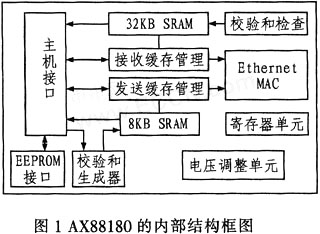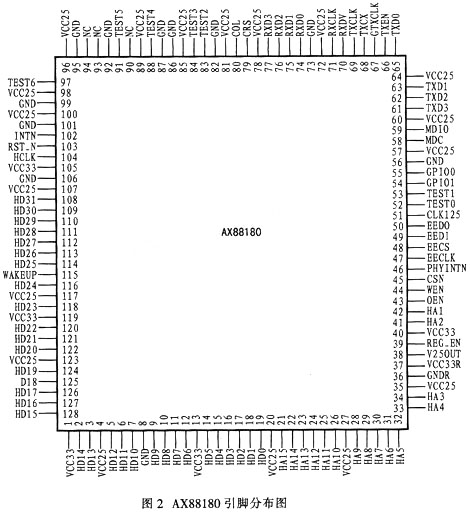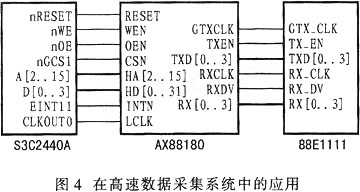100V eVtol Battery,100V Battery Pack,100V Battery,100 eVolt Battery Shenzhen Jentc Technology Co., LTD , https://www.phenyee.com





The AX88180 is a high-performance, low-cost Non-PCI Gigabit Ethernet controller developed by ASIX Electronics in Taiwan. It supports the IEEE 802.3, IEEE 802.3u, and IEEE 802.3ab standards, making it ideal for embedded systems that require fast and reliable network connectivity. Its applications span across various fields such as streaming media, multimedia networks, and high-bandwidth data transmission. Common use cases include audio and video distribution, IP set-top boxes, digital recorders, DVD players, high-definition TVs, digital media adapters, home gateways, and IP-based television systems.
Internally, the AX88180 features a 10/100/1000 Mbps Ethernet Media Access Controller (MAC) along with an RGMII interface connected to the PHY. It also includes a host interface controller that can be easily integrated with 16/32-bit hosts, operating similarly to SRAM. The chip has a built-in 40KB SRAM buffer for network packets, with 32KB allocated for receiving data from the PHY and 8KB for sending data to the PHY. This allows efficient storage, retrieval, and modification of data packets. Additionally, there is a 256-byte configuration register for host control and parameter settings, an EEP-ROM interface, and support for IP/TCP/UDP checksum offloads, which significantly reduce the processing load on the microcontroller and improve overall performance.
Figure 1 shows the internal block diagram of the AX88180.